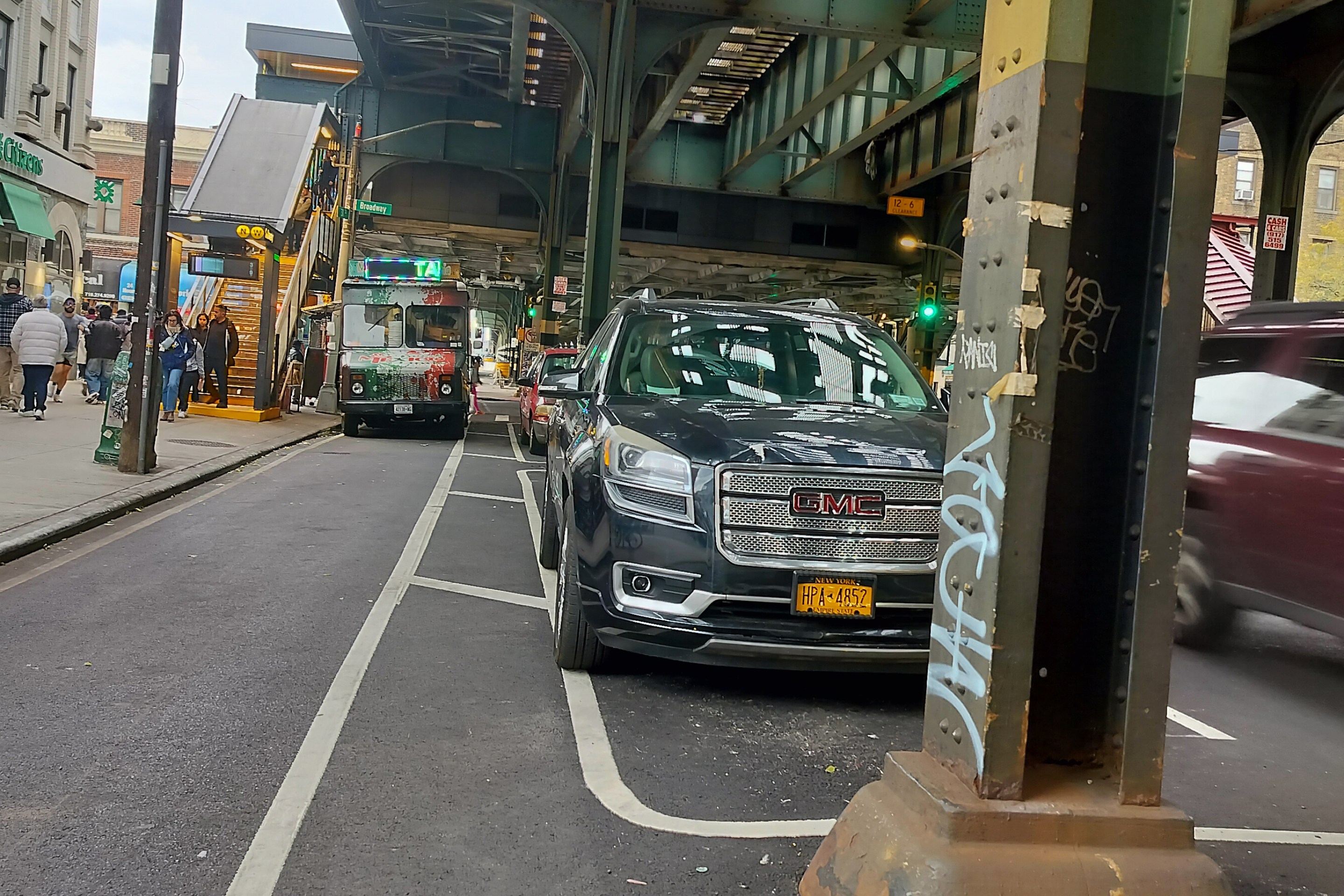Here's a finding that offers serious food for thought after our recent housing meltdown: A University of Arizona professor has found that loans for apartment buildings are much less likely to enter default if the residences are located in walkable, transit-accessible locations.
The study by professor Gary Pivo [PDF], examined 37,385 loans dating back 30 years, finding that seven "sustainability variables" were highly correlated with lower foreclosure rates.
Laurence Aurbach at Network blog Ped Shed summarizes some of the factors that Pivo analyzed:
- Commute time: Every 10-minute increase in average commute time increased the risk of default by 45%.
- Rail commute: Where at least 30% of the residents took a subway or elevated train to work, the risk of default decreased by 64.4%. New York City was omitted from this calculation because it skewed the results.
- Walk commute: Every increase of 5 percentage points in the percent of residents who walk to work decreased the risk of default by 15%.
- Retail presence: Where there were at least 16 retail establishments nearby, the risk of default decreased by 34.4%.
- Affordability: For properties with some units required to be affordable, the risk of default decreased by 61.9%.
- Freeway presence: Where properties were located within 1,000 feet of a freeway, the risk of default increased by 59%.
- Park presence: Where properties were located within 1 mile of a protected area, the risk of default decreased by 32.5%.
According to Pivo, “it would be relatively easy to build an online address-based lookup tool that any lender can use to obtain certain sustainability information on a given property.” Furthermore, because sustainability factors reduce default risk, the lender can give a property more favorable loans without increasing its risk exposure. Pivo suggests an online tool could provide the recommended loan adjustments for any given property.
Elsewhere on the Network today: N8than reports that one man's tactical urbanism approach to safer streets has landed him in jail. The Invisible Visible Man discusses morality and traffic laws in cities. And Better Institutions reports that despite the claims of some news outlets, New York City's streets still don't allocate enough space to cycling in proportion to the number of current cyclists.






